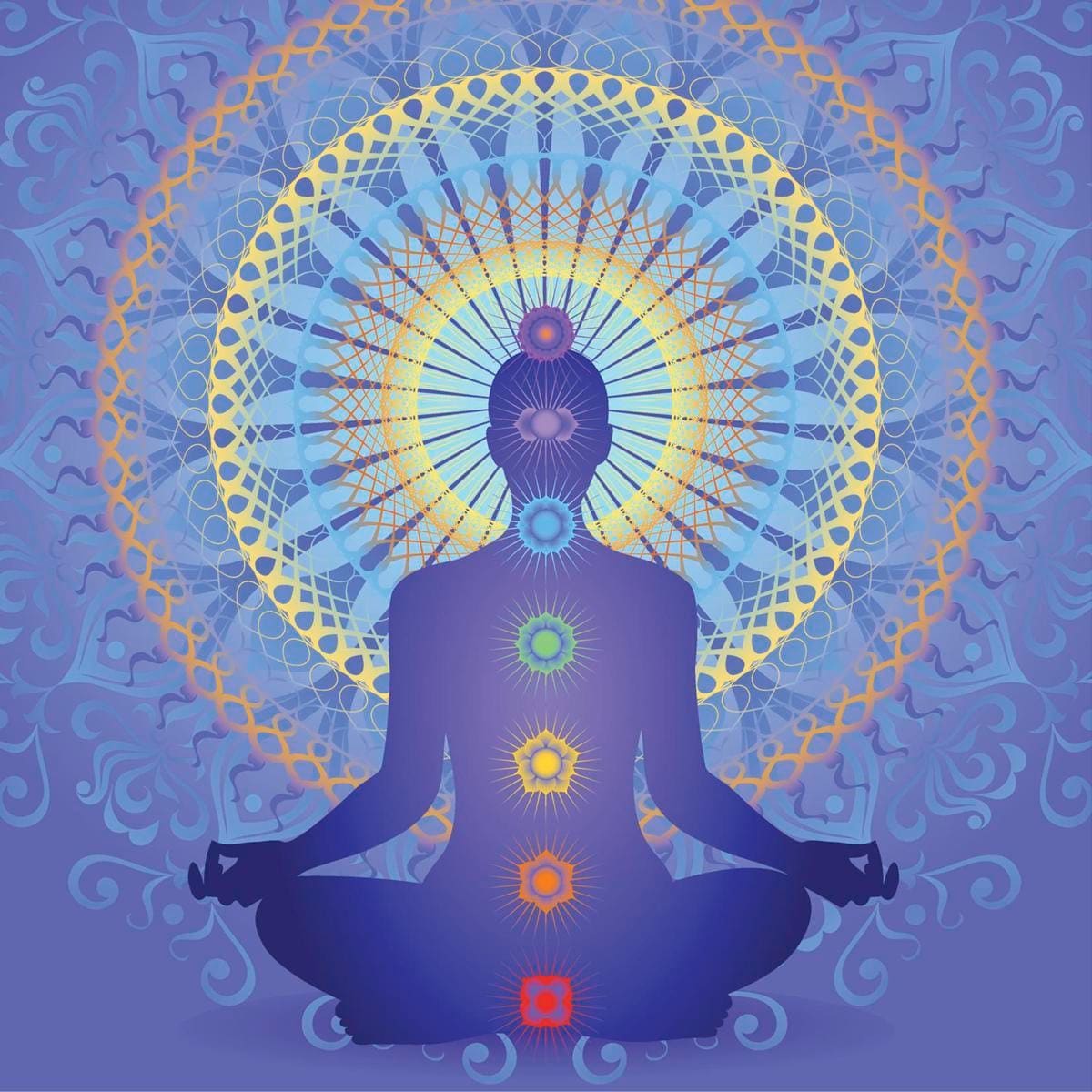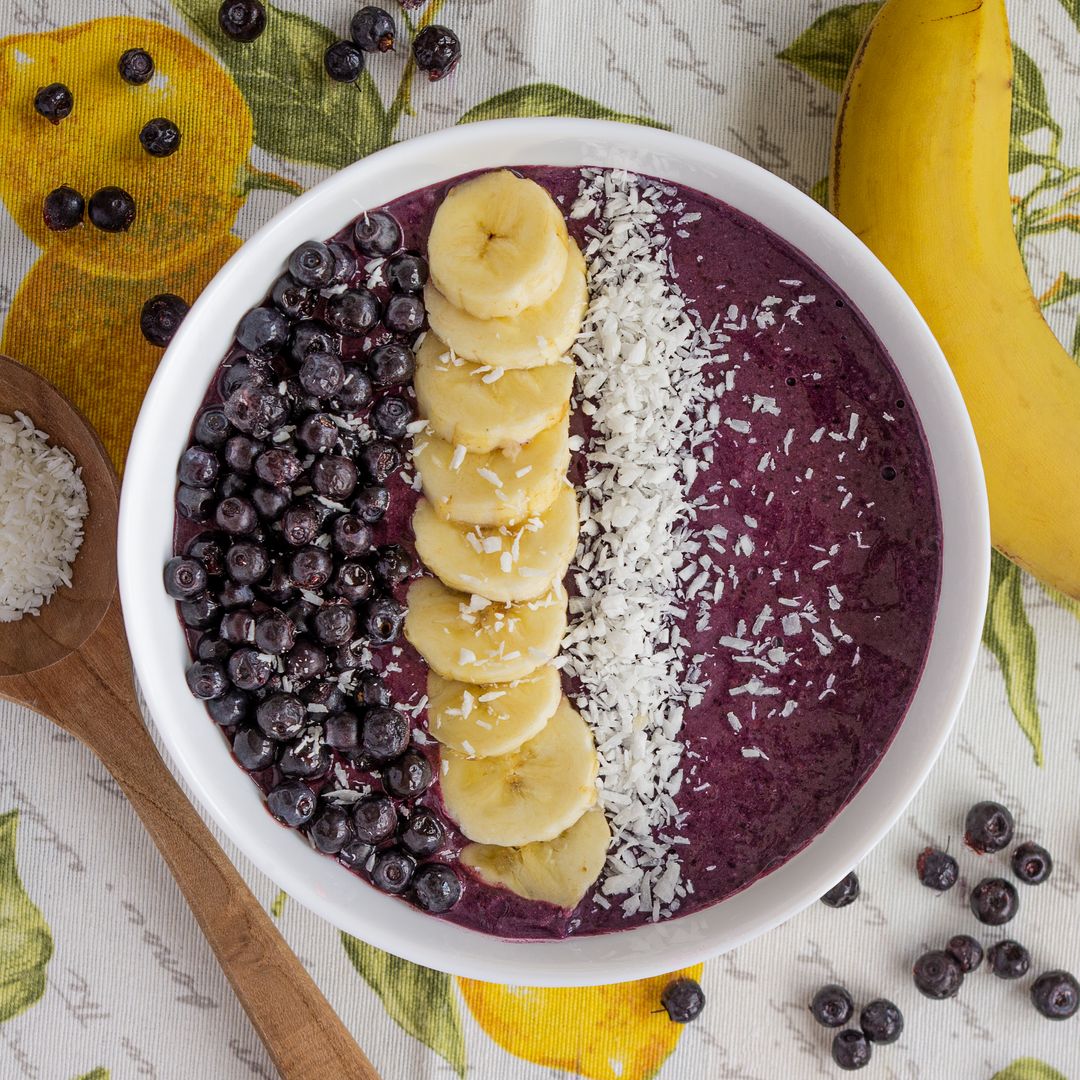We’ve all seen those multi-coloured Chakra bracelets. But what are Chakras?
Here’s a beginner’s guide to chakras.
This is a concept that has come to us from Eastern culture, through disciplines such as yoga or meditation. The word chakra means wheel in Sanskrit, because the seven chakras are centres of energy flow, and provide a link between consciousness (mind) and matter (body).
Each one is associated with a different part of the body, running from the base of the spine to the top of the head, and each is represented by a different colour. Supposedly, when we are aware of their existence, we can ‘open’ them to ensure a free flow of vital energy, benefitting us physically, mentally, emotionally and even spiritually.
The seven chakras
Root chakra, red
At the base of the spine, this connects us to the earth, and is associated with our basic human needs for subsistence and security. Physically, it is linked to the adrenal glands.
Sacral chakra, orange
Situated two fingers below the navel, this is the focus of our sexual nature, and is sometimes called the pleasure chakra. It’s linked to the reproductive organs.
Solar plexus chakra, yellow
Located two fingers above the navel, this is where our personal power - our self-esteem and confidence - resides. It’s linked to the gut, including the pancreas.
Heart chakra, green
In the chest, this represents the flow of love, the ability to empathise and forgive. Physically, as well as with the heart and circulatory system, it’s associated with the thymus gland, lungs, shoulders and upper back.
Throat chakra, blue
In the center of the throat, its focus is communication and expression, and it is connected with the thyroid gland.
Third eye chakra, purple
Right between the eyebrows, this represents imagination, intuition and perception. It’s associated with the pituitary and hypothalamus glands.
Crown chakra, white
Located in the center of the head, this is considered the principal chakra, because it represents wisdom, enlightenment and communication with the universe and the divine. Physically, it’s linked to the pineal gland.
‘Working’ the chakras
It is believed that, once you’re familiar with the idea of the chakras, you can identify which are connected to your own particular issues. For example, feelings of emotional insecurity, as well as disorders like arthritis and constipation, are said to indicate a blocked root chakra. ‘Unblocking’ the relevant chakras, allowing the essential energy to flow freely, leads to increased wellbeing.
This is done using physical and mental relaxation techniques, including yoga poses, massage and meditation.
,type=downsize)





